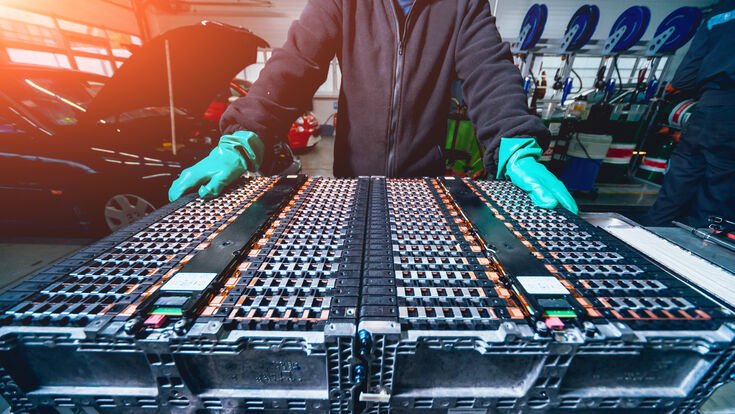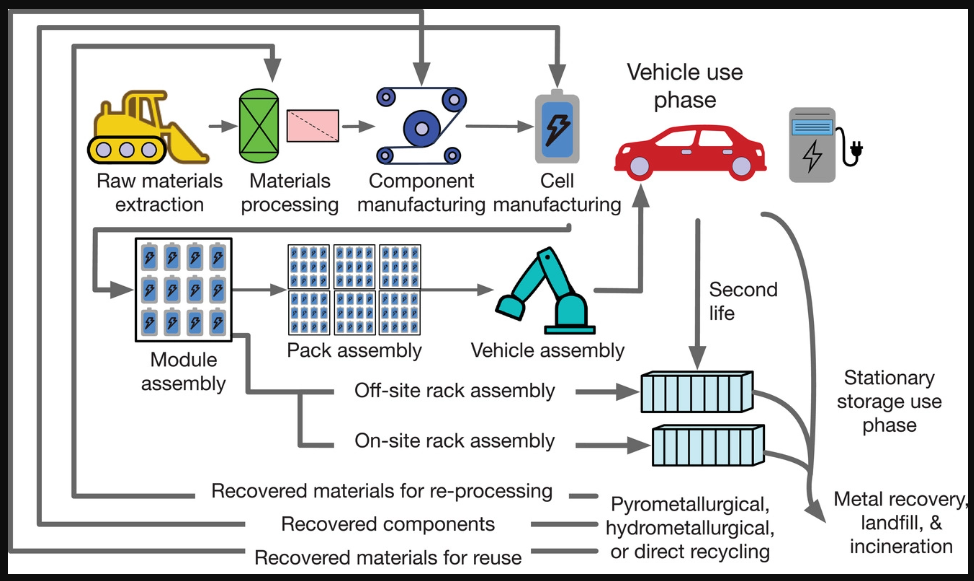More EVs are good for the environment. After all, according to a 2020 Union of Concerned Scientists (UCS) study, the lifecycle global warming emissions of electric vehicles are significantly lower than those of gasoline and diesel vehicles.

Despite the significant environmental benefits of electric vehicles, it will be critical to “green” the material sourcing process in order to ensure a more sustainable and ethical supply chain as the world transitions to an electrified transportation system.
Scientists, thankfully, are on the case. They are changing battery chemistry to reduce reliance on certain metals, such as cobalt, and developing methods to recycle and repurpose batteries to eliminate the need for new raw materials entirely.

All batteries can be recycled, and if they are in good condition, they can also be reused and repurposed for stationary storage. When a EV battery reaches the end of its life, it should be at about 80% capacity. It still has a lot of energy storage potential at that point, and it can be used in a less-demanding storage application.
One example of a stationary use is providing backup for variable renewable energy sources such as solar or wind, which is critical for the transition from fossil fuels to renewable energy.

That is what makes repurposing so appealing. It not only increases the lifespan of a battery, but it also eliminates the need for manufacturers to create a brand-new battery for stationary storage. The company B2U, the largest “second-life” operation in the country, currently supports solar generation in California is one such example.
When a battery reaches the end of its useful life, it can be recycled to recover critical materials such as cobalt, lithium, manganese, and nickel. “Material circularity” has the potential to significantly reduce the environmental impact of EVs.

According to a recent study, reusing materials recovered through hydrometallurgical processing can reduce global warming emissions by 30%. Given the environmental consequences of mining, using recycled material is a much better option.
However, in order for this to become a practice, the government will need to implement policies such as recycling efficiency rates, recycled content standards, requiring manufacturers to design batteries that can be recycled and reused, and establishing a reporting system to track EV batteries that have been retired and recycled.
Reference- Science Direct, Inside EVs, Clean Technica, Recycling Today, NREL Report






